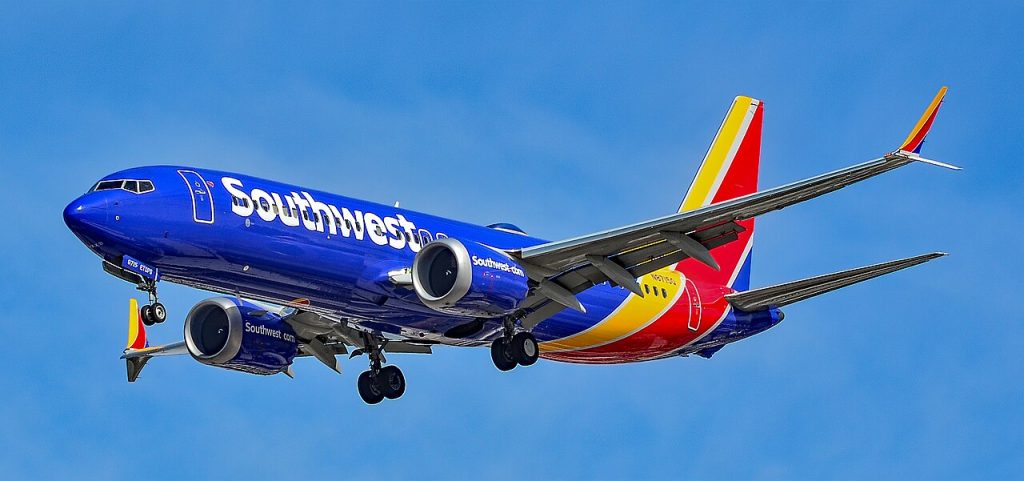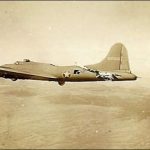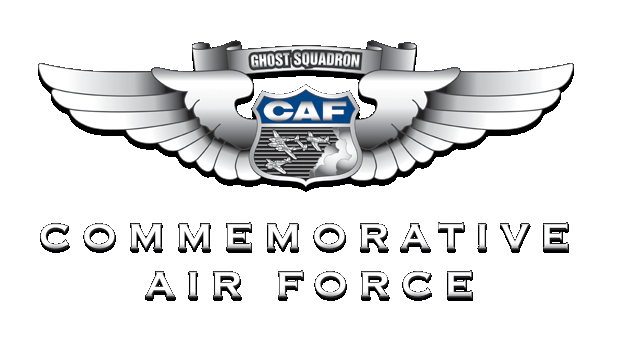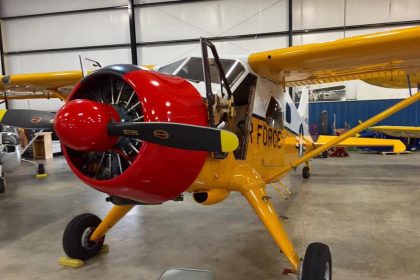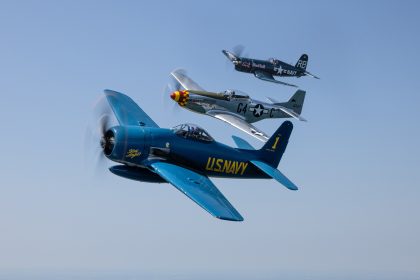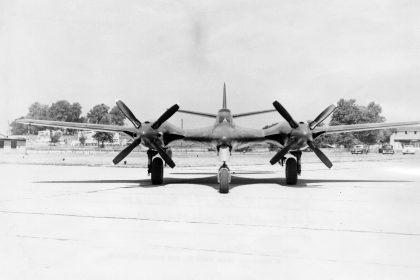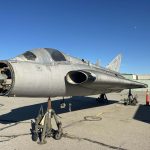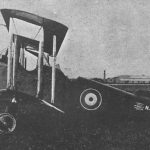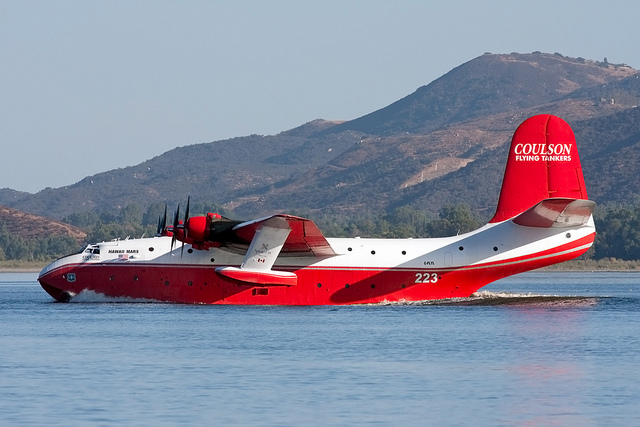On this day in aviation history, 54 years ago—June 18, 1971—Southwest Airlines officially began flight operations. Originally founded as Air Southwest on March 9, 1967, by Herb Kelleher and Rollin King, the Dallas-based airline has grown into one of the most successful and recognizable carriers in the United States. At the outset, Southwest operated as a completely intrastate airline, serving only three Texas cities—Dallas, San Antonio, and Houston—a route network famously known as the “Texas Triangle.” It wasn’t until 1979, following the passage of the Airline Deregulation Act, that the airline expanded into interstate travel, beginning with neighboring states and gradually extending its reach across the country.

Southwest continued to grow steadily through the 1980s and 1990s, eventually launching service to destinations in the Eastern U.S. A major milestone came in 2006, when the airline began flying to Denver International Airport (KDEN)—now one of its busiest and most important hubs. From 1973 to 2019, Southwest posted 47 consecutive years of profitability—a remarkable streak in an often unpredictable and fiercely competitive industry. The COVID-19 pandemic disrupted that trend, bringing financial challenges to the entire global airline sector, including Southwest.
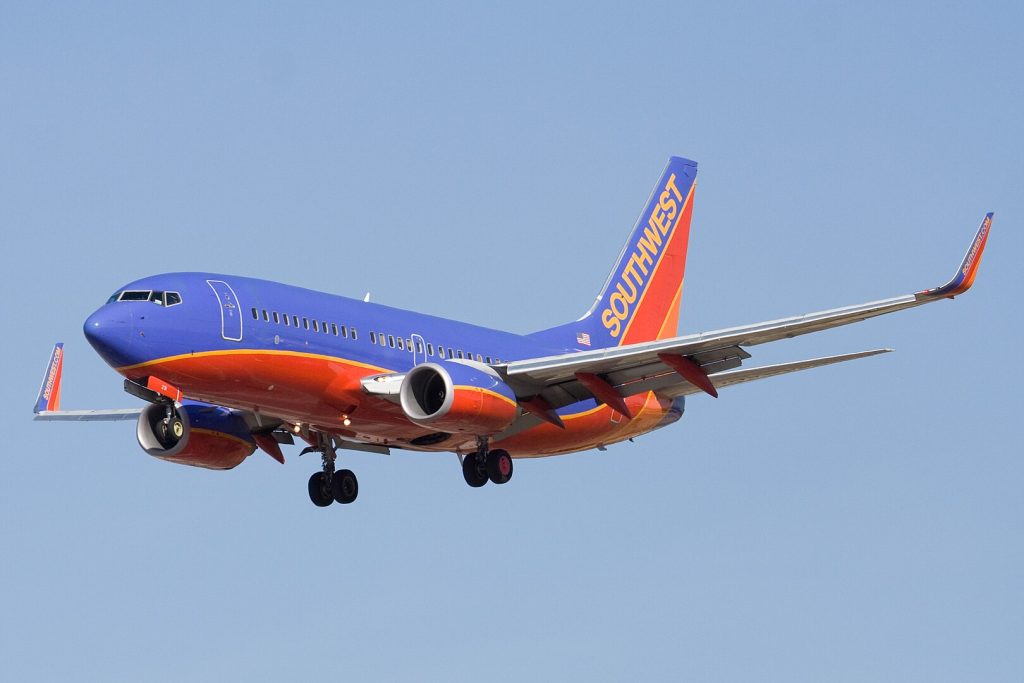
A hallmark of Southwest’s success has been its dedication to operational simplicity. The airline has predominantly operated a single aircraft type: the Boeing 737. Though it briefly flew a small fleet of six Boeing 727-200s in the 1970s and 1980s, the 737 has been its backbone. This fleet consistency streamlines pilot and crew training, simplifies maintenance, reduces costs, and enhances safety. Southwest was also the launch customer for the 737-300, -500, and -700 series, and currently has nearly 500 Boeing 737 MAX aircraft on order.

As of today, Southwest Airlines operates a fleet of 801 aircraft, serving 117 destinations. In an industry where many carriers have come and gone, Southwest has not only endured but thrived. Its story is one of innovation, resilience, and an unwavering commitment to customer service—proof that a bold business model, when executed well, can truly take flight.
